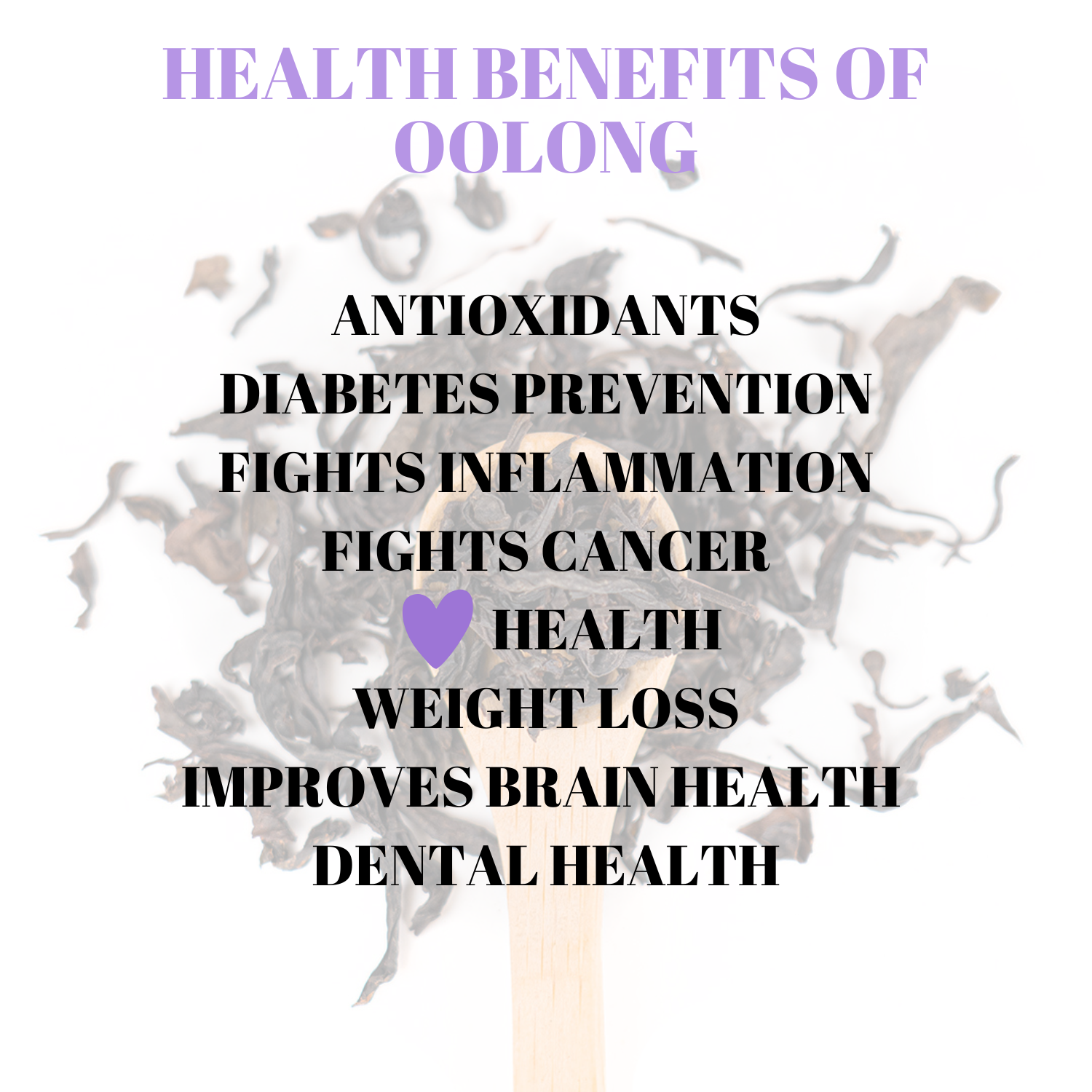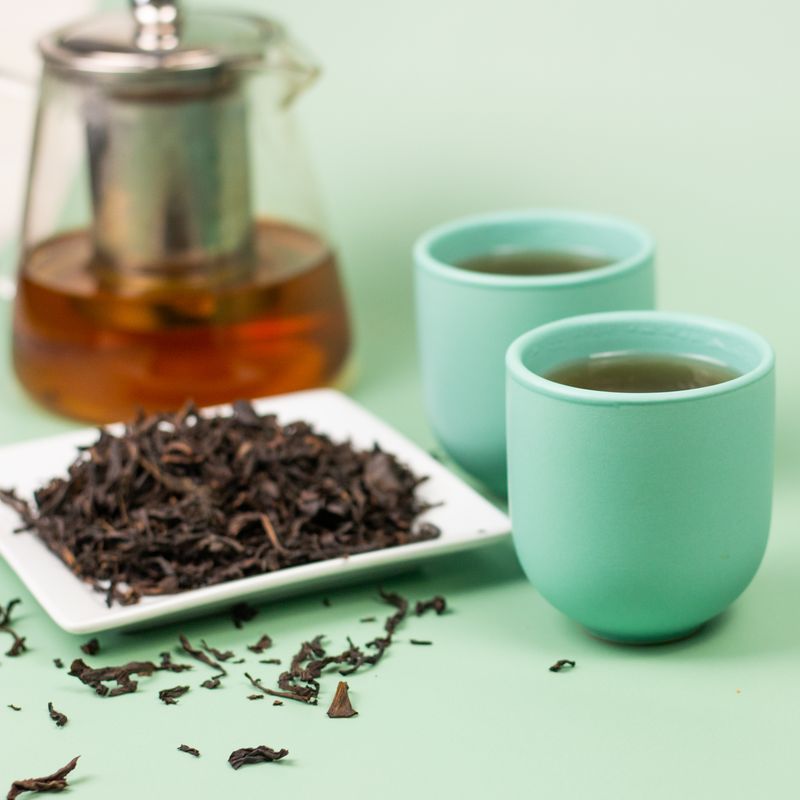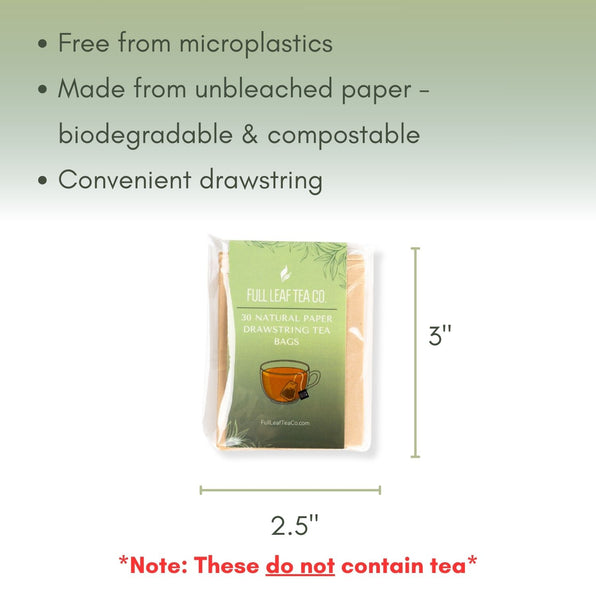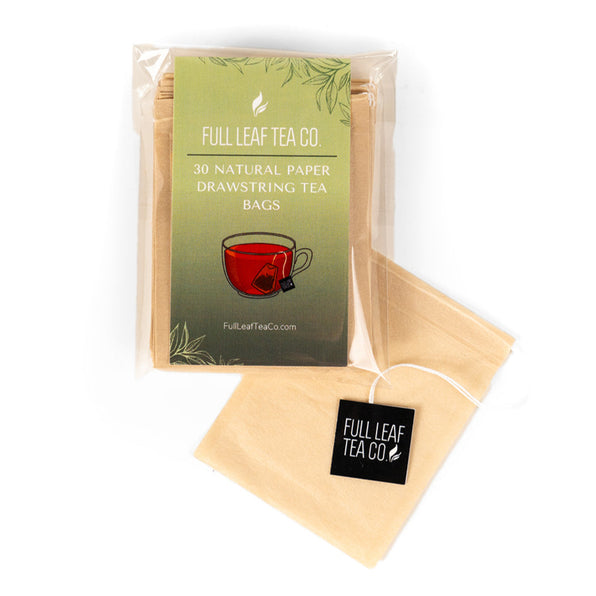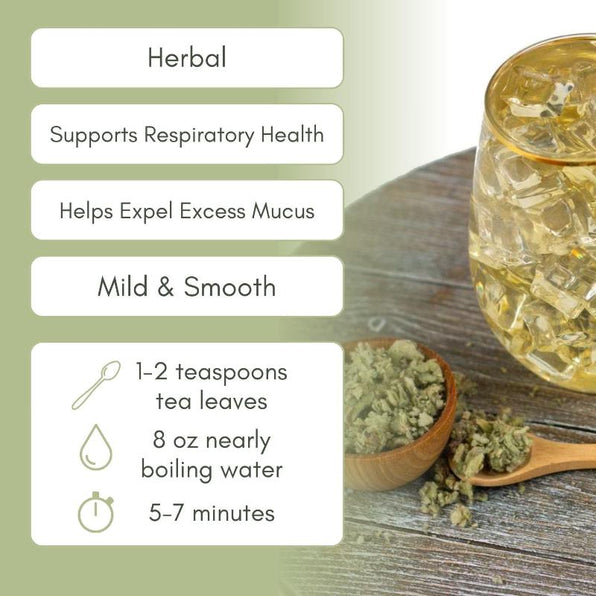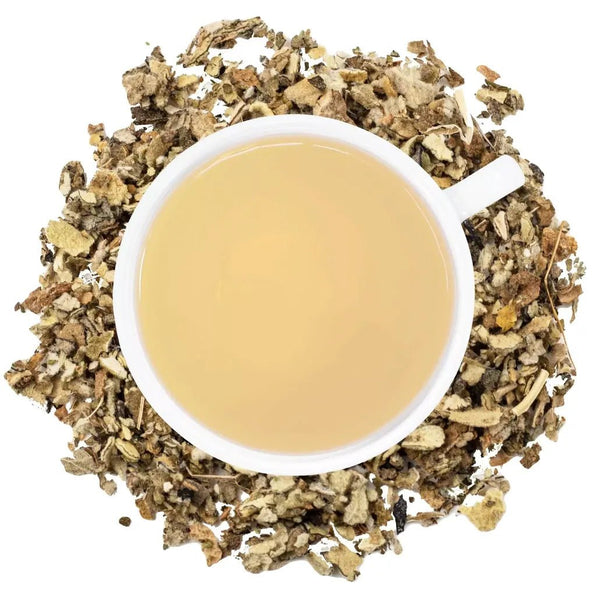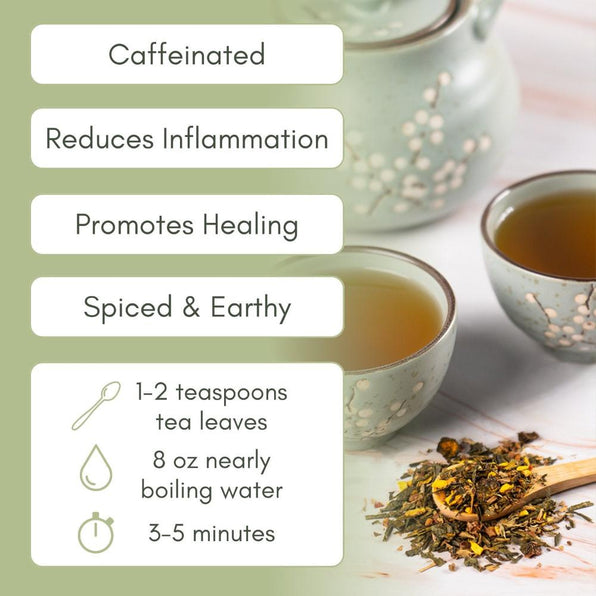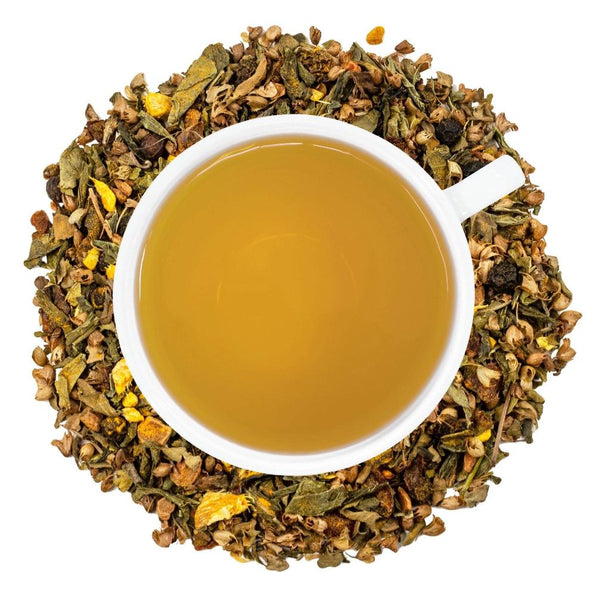What Is Oolong?
Organic oolong tea is a traditional Chinese tea that falls somewhere between green tea and black tea in terms of oxidation and flavor. This partially oxidized tea is known for its unique taste, which can vary significantly depending on the processing methods used. Oolong tea leaves are often rolled or twisted, allowing the flavors to develop and infuse differently than other tea types.
The term "organic" indicates that the tea is grown without synthetic pesticides or fertilizers, making it a healthier choice for consumers and the environment. Organic oolong tea is prized for its rich flavor profile, which can range from floral and fruity to earthy and robust. The tea is traditionally produced in the Fujian and Guangdong provinces of China, but it is also grown in Taiwan and other regions known for their tea cultivation.







